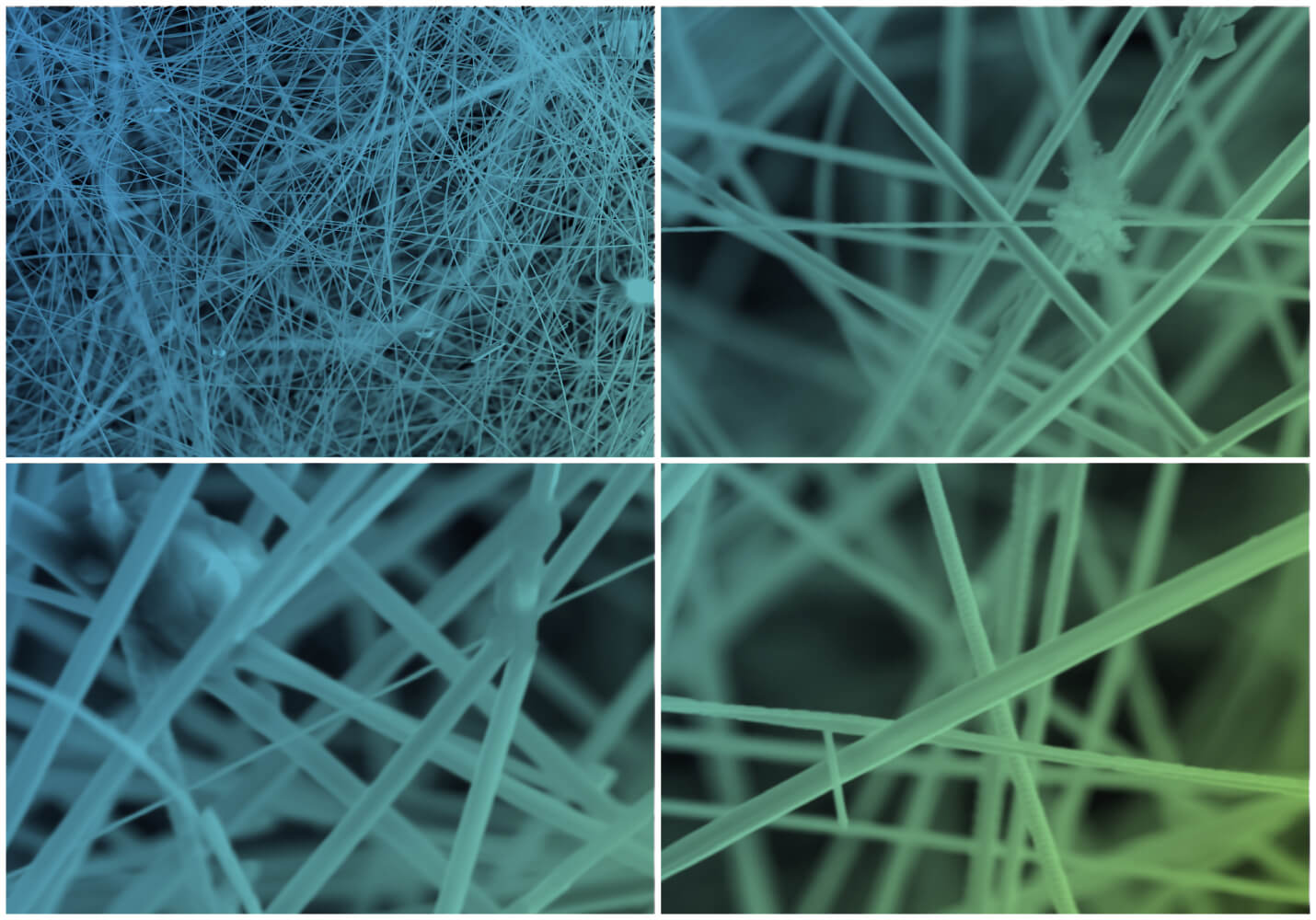Below is a sample of novel applications enhanced by nanotubes from HIT’s Nanomaterials Laboratory:
Medical applications
Stents for cardiovascular diseases: Bioresorbable (naturally absorbed) scaffolds that support the regeneration of blood vessels and are then absorbed by the body. The scaffolds are made of a composite material consisting of a biodegradable polymer mixed with WS2 nanotubes for enhanced strength and better radio-opacity (visualization during surgery).
Artificial bones and joints (bone tissue engineering): Biomaterials mixed with nontoxic nanotubes for enhanced mechanical properties – strength, pressure resistance, density, and flexibility.
AI
High-capacity memory for devices running AI applications, based on unique properties discovered in nanotubes: bulk photovoltaic effect, piezoelectricity and sliding ferroelectricity.
Renewable Energy
Electrocatalysts for hydrogen evolution reaction – nanotubes serve as catalysts in this green process, which produces hydrogen gas, a clean-burning fuel, directly from water.
Substrate for hydrogen storage – nanotubes have plenty of surface area for adsorption of hydrogen – on the surface, in their hollow cores, and in-between their layers.
Electrodes for rechargeable batteries – enabled by the nanotubes’ semiconductor nature, layered structure, and nano-size.
Photovoltaic cells – enabled by the nanotubes’ semiconductor nature and tubular structure, for environment-friendly energy harvesting.





